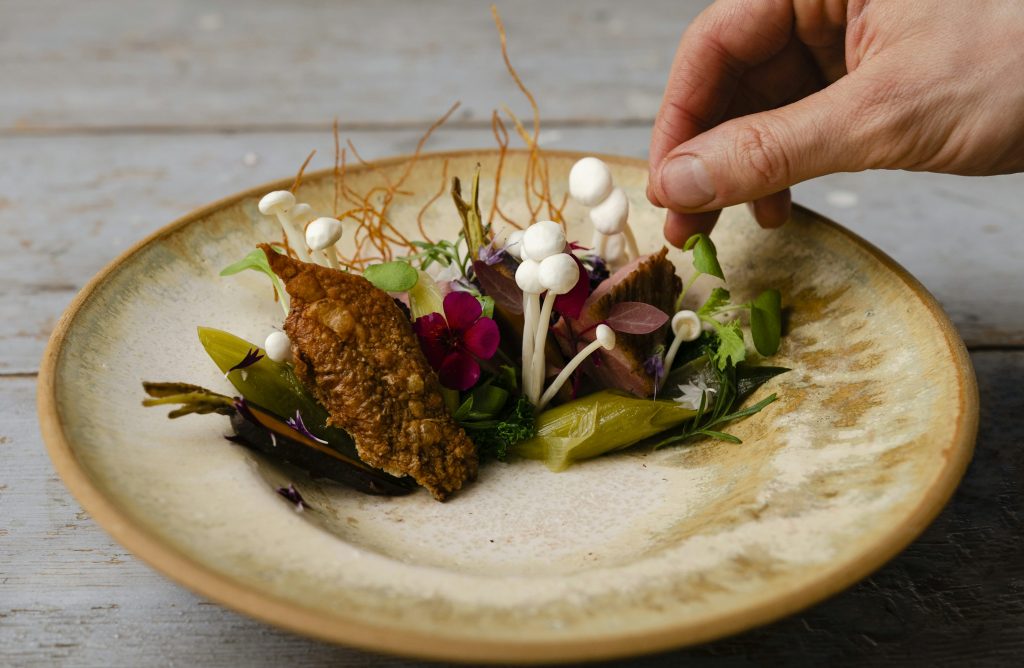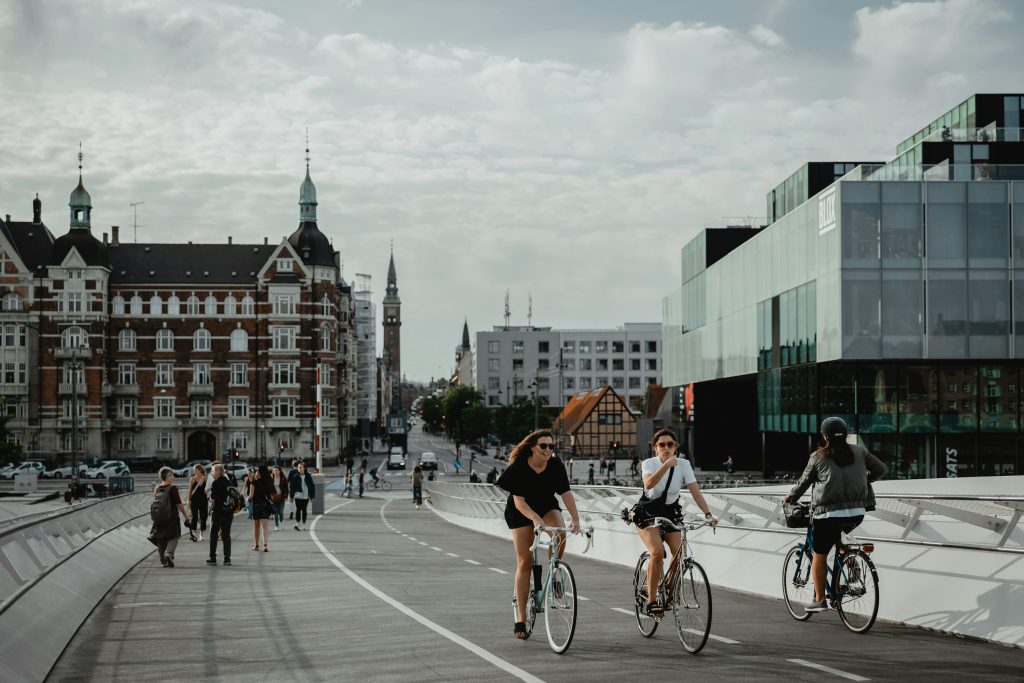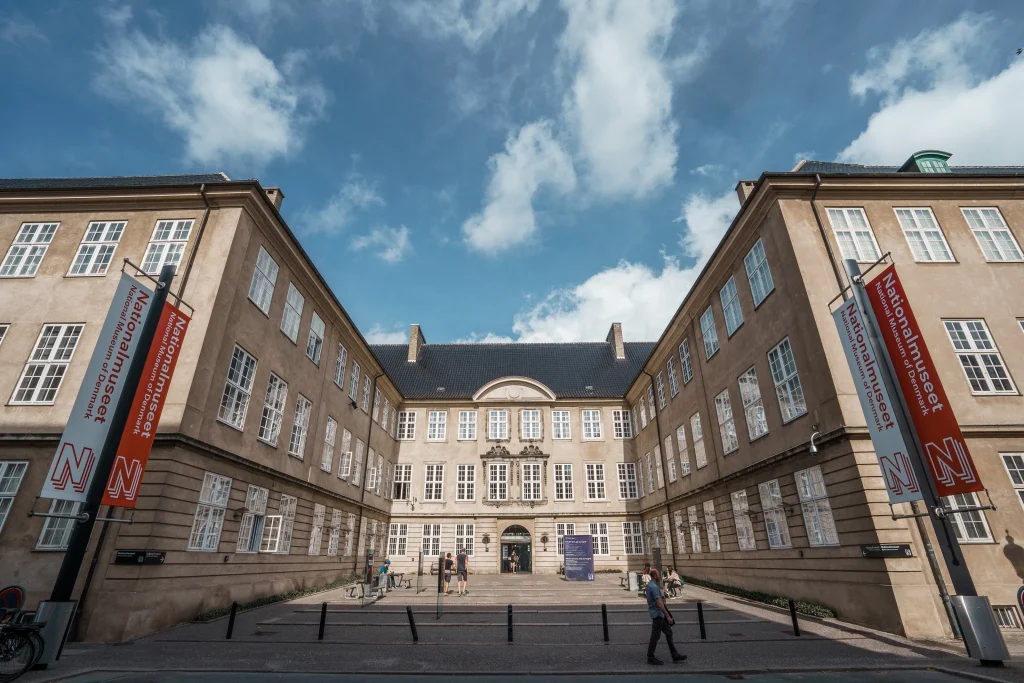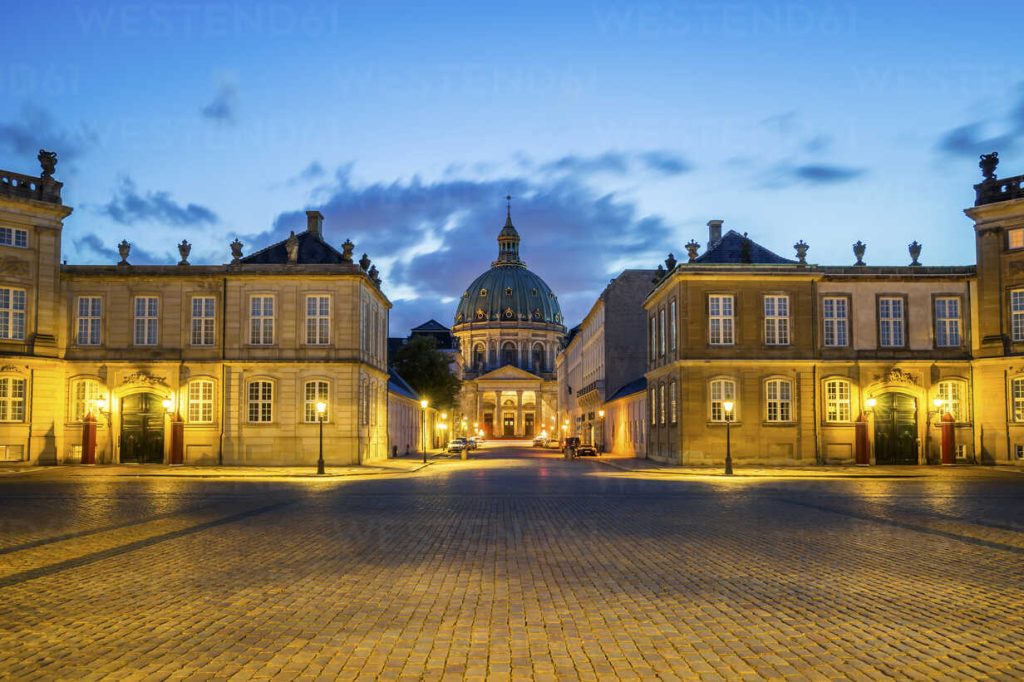
Why Copenhagen?
Copenhagen isn’t just another European capital—it’s a vibe. A place where fairytale history meets cutting-edge design, where bikes outnumber cars, and where every cobblestone street seems to lead to another cozy cafe, world-class restaurant, or hidden cultural gem. Whether you’re here to explore its rich Viking past, dive headfirst into the city’s legendary food scene, or simply cruise around on a bicycle like a local, Copenhagen is guaranteed to steal your heart.
A Brief History of Copenhagen
Copenhagen’s story begins in the 10th century, when it was a humble Viking fishing village called “Havn” (meaning harbor). By the 12th century, it had grown into an important trading hub, thanks to its prime location along the Baltic Sea. In 1167, Bishop Absalon, the city’s founding father, fortified Copenhagen with a castle, marking the beginning of its transformation into Denmark’s thriving capital.
Fast forward to the 15th and 16th centuries, and Copenhagen had become the beating heart of the Danish Empire. It survived fires, plagues, and even a few battles with Sweden before truly flourishing in the 18th and 19th centuries as a center for culture, science, and politics. The city played a significant role in the Scandinavian Renaissance, and many of its grand buildings and institutions date back to this era.
The 20th century brought both challenges and progress. During World War II, Copenhagen, like the rest of Denmark, was occupied by Nazi Germany. However, in a remarkable act of resistance, thousands of Danish citizens helped smuggle Jewish residents to safety in neutral Sweden. After the war, Copenhagen emerged as a leader in modern urban planning, sustainability, and design, becoming one of the most livable cities in the world today.
Today, the city blends its medieval charm with sleek, modern innovation—proving that Copenhagen is always evolving while staying true to its roots.

Modern Copenhagen and the Future
As the world shifts towards greener, smarter cities, Copenhagen continues to lead the way. The city aims to be carbon neutral by 2025, implementing cutting-edge infrastructure to reduce emissions. From solar-powered buildings to public water buses, innovation is embedded in everyday life. Copenhagen’s reputation as a hub for design, sustainability, and progressive policies makes it a model for urban development worldwide.

A Culinary Wonderland: Copenhagen’s Food Scene
Copenhagen’s food scene is next-level. This is the birthplace of New Nordic Cuisine, a movement that prioritizes seasonal, local, and sustainable ingredients while reimagining classic Scandinavian flavors. Whether you’re after Michelin-starred fine dining or street food that makes your taste buds dance, the city delivers.
Must-Try Foods in Copenhagen
1. Smørrebrød
Copenhagen’s signature open-faced sandwich, smørrebrød, is anything but basic. Think dark rye bread topped with herring, roast beef, shrimp, pickles, and fresh herbs—it’s as Instagrammable as it is delicious.
Where to Try:
Schønnemann – A legendary lunch spot serving traditional smørrebrød since 1877.
Aamanns – A modern twist on the classic, with innovative toppings and artistic plating.
2. Danish Pastries (Wienerbrød)
Forget everything you thought you knew about “Danishes.” These flaky, buttery pastries come in endless variations, from kanelsnegle (cinnamon swirls) to spandauer (custard-filled delights).
Where to Try:
Skt. Peders Bageri – Copenhagen’s oldest bakery, known for its legendary Wednesday cinnamon rolls.
Juno the Bakery – A local favorite for cardamom buns and buttery, golden pastries.
3. Hot Dogs (Pølsevogn)
Yes, hot dogs. But these aren’t your average late-night snacks—Danish hot dogs are gourmet street food, loaded with pickled cucumbers, crispy onions, and remoulade sauce.
Where to Try:
DØP – An organic hot dog stand serving top-quality sausages with a sustainable twist.
John’s Hotdog Deli – A local institution near Copenhagen Central Station.
4. Seafood Delicacies
Being a coastal city, Copenhagen boasts some of the freshest seafood in Europe. From buttery scallops and smoked eel to traditional fish cakes and marinated herring, seafood lovers are in for a treat.
Where to Try:
Kødbyens Fiskebar – A stylish seafood restaurant in the trendy Meatpacking District.
Hija de Sanchez Cantina – For an interesting twist, try their seafood tacos with Nordic flavors.
5. Noma (For the Ultimate Splurge)
René Redzepi’s Noma has been crowned the world’s best restaurant multiple times, redefining fine dining with its ultra-creative, hyper-local approach to food. Reservations? Nearly impossible. But if you manage to get one, prepare for a once-in-a-lifetime culinary experience. Also be aware – Noma’s calendar currently operates in seasons and the restaurant may be closed for months at a time.
Alternative: If you can’t score a table at Noma, try Geranium (Denmark’s first three-Michelin-starred restaurant) or Kadeau for a taste of the New Nordic movement.
Best Experiences in Copenhagen

Best Experiences in Copenhagen
1. Cycle Like a Local
Copenhagen is one of the most bike-friendly cities in the world, with over 400 km of dedicated bike lanes. Rent a bike and explore the city the Danish way. Nearly half of Copenhageners commute by bike daily, making it the ultimate cycling capital of Europe. With wide, safe, and well-maintained bike paths, it’s the easiest, most efficient, and most sustainable way to navigate the city. Most hotels and hostels rent out bikes, or you can use Donkey Republic, the city’s bike-sharing service, to grab one at any time.
Best Cycling Routes:
Nyhavn to The Little Mermaid Statue – This scenic waterfront ride lets you enjoy the colorful harborfront before taking you to one of Copenhagen’s most iconic landmarks.
The Lakes and Nørrebro – A more local, hipster-friendly vibe, featuring vibrant street art, hip cafes, and the multicultural charm of the Nørrebro district.
Ride to Refshaleøen – An up-and-coming area with cool eateries, repurposed industrial spaces, and waterfront views. Stop by Reffen, Copenhagen’s famous street food market, for a bite to eat.
Amager Beach Park – A fantastic ride for those who want to escape the city and take in some fresh sea air. The 5 km-long urban beach is perfect for a relaxing afternoon.
The Green Path (Den Grønne Sti) – A dedicated cycling superhighway that cuts through different neighborhoods, allowing you to explore hidden corners of the city away from traffic.

2. Visit Tivoli Gardens
One of the world’s oldest amusement parks, Tivoli Gardens is pure magic. Whether you’re here for the vintage roller coasters, dreamy gardens, or live performances, this is a must-visit—especially at night when the lights turn Copenhagen into a fairytale. Opened in 1843, Tivoli was said to have inspired Walt Disney himself when designing Disneyland. Today, the park features a mix of thrilling rides, cozy cafes, and live music performances that bring the atmosphere to life.
Tivoli Highlights:
The Demon – A high-adrenaline roller coaster with a VR experience option.
The Flying Trunk – A gentle dark ride inspired by Hans Christian Andersen’s fairy tales.
Seasonal Magic – Tivoli transforms throughout the year, from spooky Halloween decorations to enchanting Christmas markets in December.
Live Shows – Catch open-air concerts, ballet performances, and light shows.

3. Visit the National Museum of Denmark
A must for history lovers, this museum takes you through Viking history, medieval Denmark, and royal artifacts. It provides the perfect context for understanding the country’s fascinating past. Explore Viking weaponry, rune stones, and the famous Golden Horns of Gallehus, a pair of richly decorated golden drinking horns from the 5th century.

4. Experience The Royal Palaces
Visit Amalienborg Palace, home to the Danish royal family, and catch the Changing of the Guard at noon. For more grandeur, explore Rosenborg Castle, which houses Denmark’s crown jewels. Don’t miss Frederiksborg Castle, a stunning Renaissance palace located a short train ride away in Hillerød, surrounded by a picturesque lake and gardens.

5. Explore the Hipster District of Vesterbro
Once a rough working-class neighborhood, Vesterbro has transformed into one of the trendiest parts of the city. Here, you’ll find boutique shops, coffee roasteries, art galleries, and buzzing nightlife.
Vesterbro Highlights:
Kødbyen (Meatpacking District) – A former industrial meat market turned into a hub of bars, restaurants, and art spaces.
Mikkeller Bar – A pioneer of Copenhagen’s craft beer scene.
Absalon Community House – A converted church that now serves as a communal dining hall and social hub.

6. Take a Day Trip to Helsingør
Just an hour away, Helsingør is home to Kronborg Castle, the inspiration for Shakespeare’s Hamlet. It’s a fascinating place to wander through history and take in stunning sea views.
Helsingør Highlights:
Ferry to Sweden – Take a quick ferry ride across the Øresund Strait to explore the Swedish town of Helsingborg.
Kronborg Castle – Walk through the grand halls of this UNESCO-listed fortress.
M/S Maritime Museum of Denmark – An underground museum dedicated to Denmark’s rich naval history.
Final Thoughts
Copenhagen is a city that blends history, food, and modern innovation in a way few places can. Whether you’re feasting on world-class smørrebrød, biking through colorful streets, or getting lost in fairy-tale castles, the Danish capital never disappoints. And if you’re lucky enough to visit during hygge season (aka winter), grab a warm gløgg (mulled wine), cozy up in a candlelit café, and experience the magic of Copenhagen in its coziest form.
From Viking legends to Michelin-starred feasts, from bike rides to palaces, Copenhagen is a city that rewards exploration at every turn.